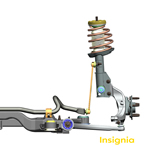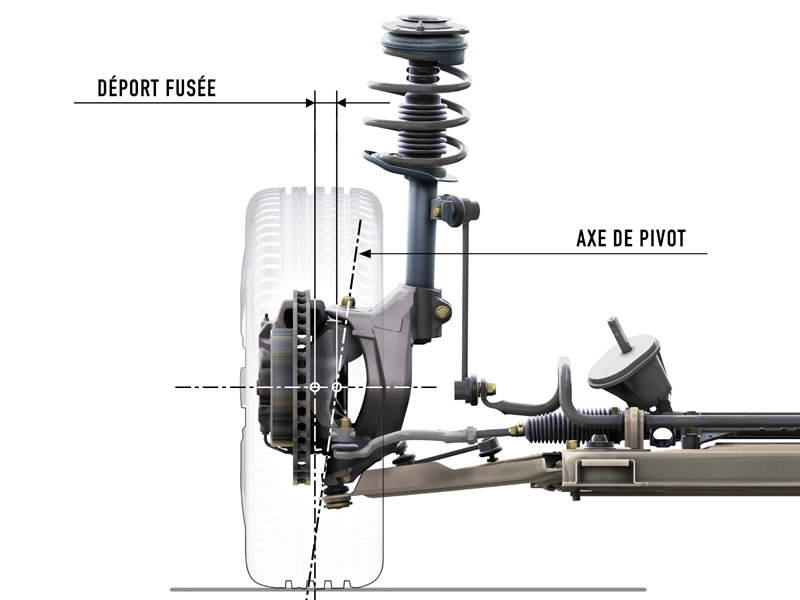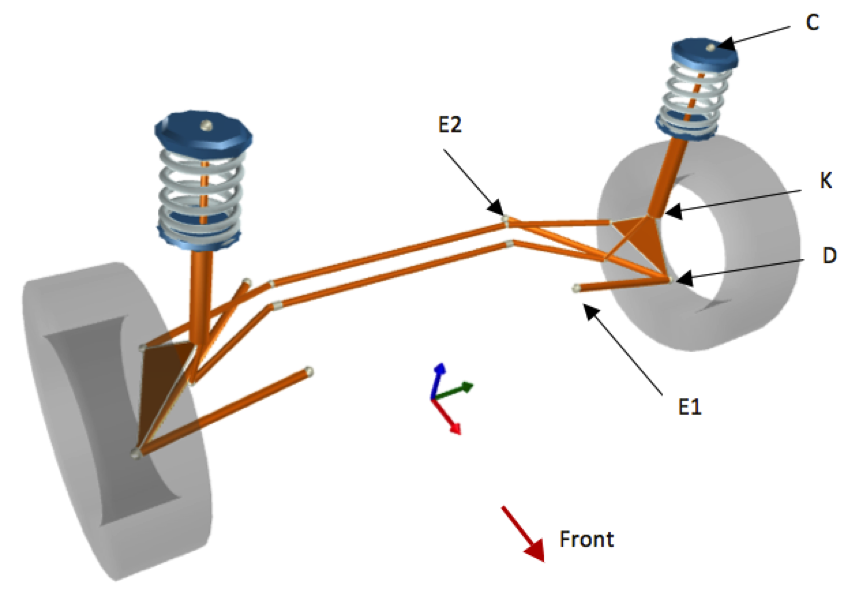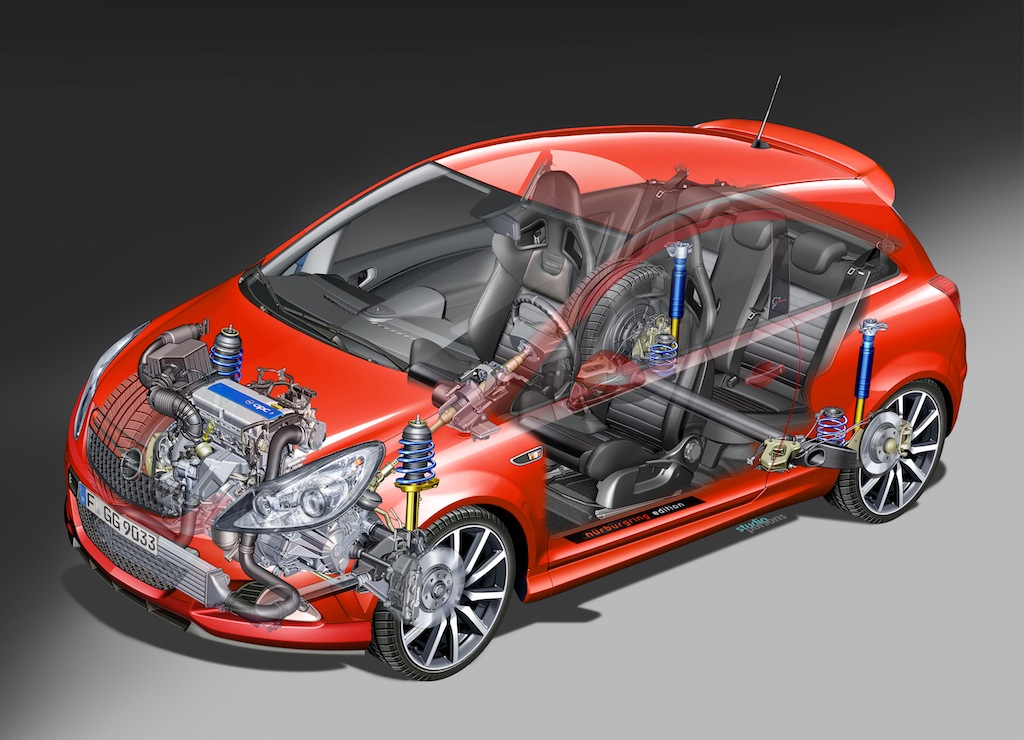MacPherson and Pseudo MacPherson suspension
MacPherson suspension The system was invented in 1955 and used on the first Ford Consul. The MacPherson suspension is a technology for front and rear suspension. It is an independent suspension type, including a single suspension arm (spring and damper), an anti-roll bar and a lower arm. The junction between sprang and unsprang masses is […]
MacPherson and Pseudo MacPherson suspension Read More »





